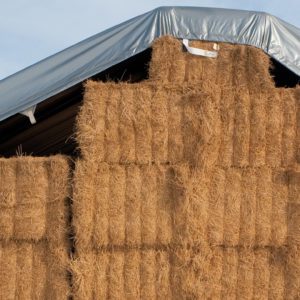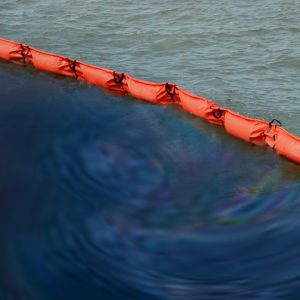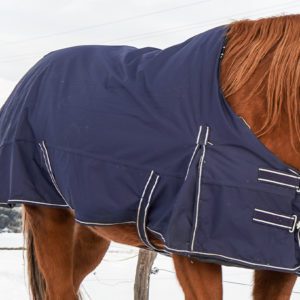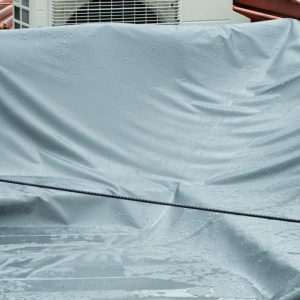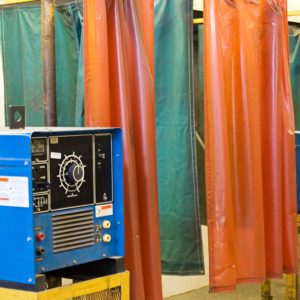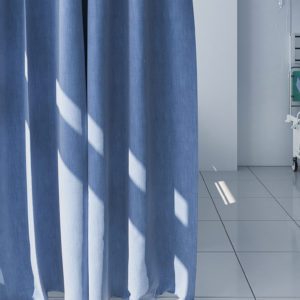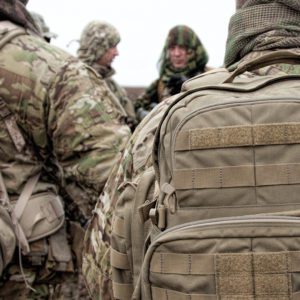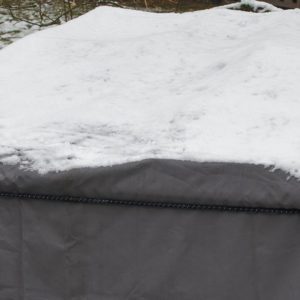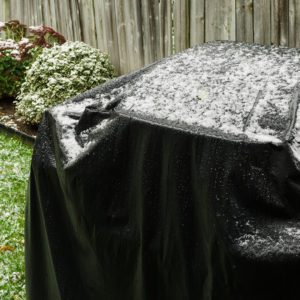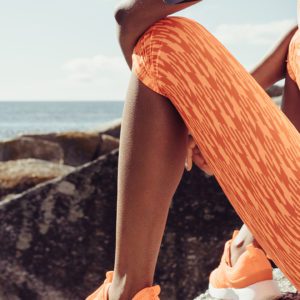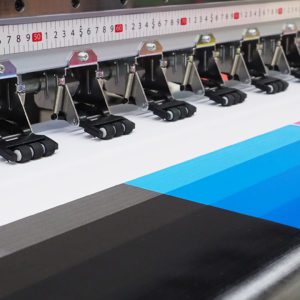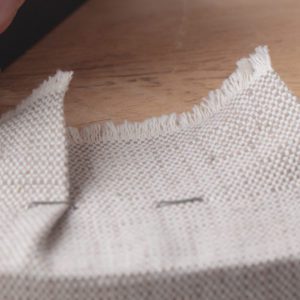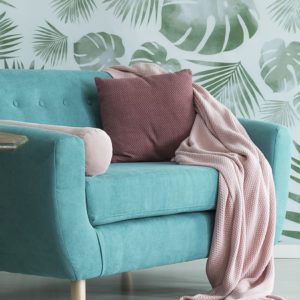Overview
There are two ways to protect yourself from the sun: wear sunscreen and wear clothes. Most people know that sunscreen is rated with Sun Protection Factor (SPF), but they might not know that fabric is rated differently, with the Ultraviolet Protection Factor (UPF) standard. Explore the differences between SPF and UPF fabric testing and how it can make a difference in protecting your skin.
What Does UPF Mean?
Ultraviolet Protection Factor (UPF) indicates how much radiation (both UVB and UVA) a fabric allows to reach your skin. For example, a UPF 50 fabric blocks 98 percent of the sun’s rays and allows two percent (1/50th) to penetrate, thus reducing your exposure risk significantly.
How Is UPF Tested?
The UPF standard was created in 1998 by AATCC, based on original guidelines established in Australia in 1994. The UPF testing standard for sun protective fabrics in the United States is the AATCC Test Method 183, which tests both wet and dry fabric.
A fabric with a minimum of UPF of 30 is needed to qualify for the Skin Cancer Foundation’s Seal of Recommendation. UPF 30 to UPF 49 fabric is considered very good protection; UPF 50+ fabric rates as excellent protection.
Standards also require that clothing made of different fabrics, or different colors of the same fabric, have each area tested separately. The garment must be labeled according to the lowest level of protection they provide.
How Is SPF Different Than UPF?
SPF is based on the time it takes for UV-exposed skin to redden; if you burn after 20 minutes, an SPF 15 sunscreen may protect your skin 15 times longer (if used correctly). UPF testing measures the amount of UV radiation that can penetrate fabric and reach your skin. UPF tests measure both UVB and UVA rays, while SPF measures only UVB.
What Is the Best Type Of Fabric for Sun Protection?
- Densely woven fabric, like denim, canvas, wool or synthetic fibers, offer more sun protection than sheer, thin or loosely woven cloth.
- Loose fitting clothing is better than tight fitting, in general.
- If you can see through a fabric easily while holding it up to a light, chances are that UV radiation can easily penetrate the fabric and reach your skin.
- Synthetics like Polyester and Nylon usually perform better than natural fibers.
- Quick drying fabric is best (wet fabric is less effective against UV rays). Darker colors absorb more UV than lighter colors like whites and pastels. This means the UV rays are less likely to reach your skin.
- Bright colors such as red can also absorb UV rays. The more vivid the fabric color, the better the sun protection—a bright yellow shirt is more protective than a pale one.
TVF carries a wide range of UPF 50 and UPF resistant fabrics.
